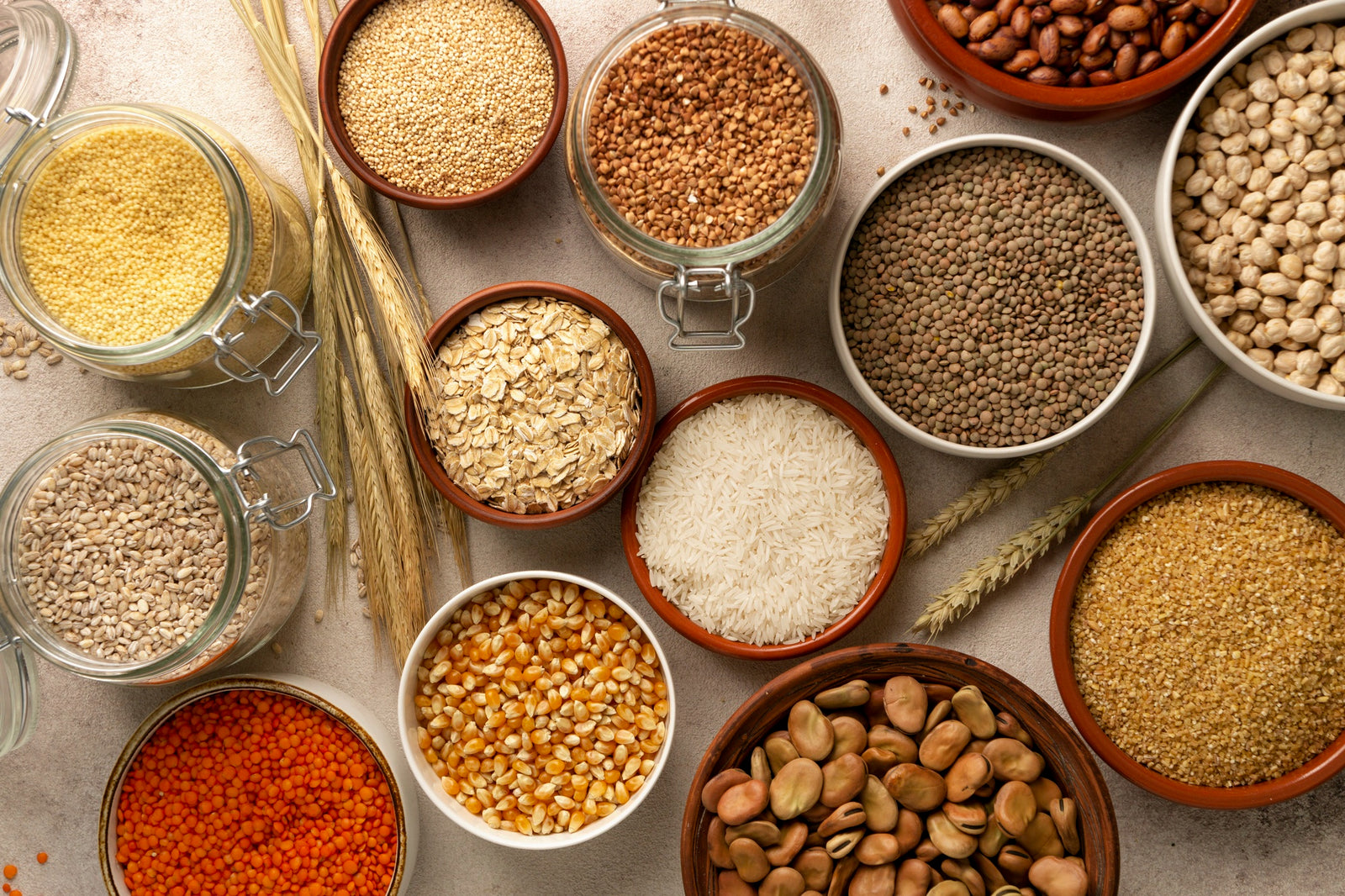
April 27, 2021 2 min read
History
Pumpkins and their seeds are native to the Americas, where pumpkin seeds held the position of a celebrated food among various Native American tribes. The seeds were renowned both for medicinal purposes as well as for their dietary properties.
In South America, pumpkin seeds were widely enjoyed by the Aztec cultures dating as far back as 1300-1500 AD. Their popularity later spread across the globe where pumpkin seeds have now become a standard part of various East European as well as Mediterranean cuisines. Elsewhere in places like India and other parts of Asia, pumpkin seeds are widely used for medicinal as well as culinary purposes.

Like many other types of seeds, pumpkin seeds are also available in prepackaged containers as well as in bulk bins. When purchasing pumpkin seeds from the bulk section, it is important to make sure that the seeds are placed in covered bins and that the store has a good turnover to ascertain the seeds’ freshness. Additionally, there should not be any moisture present and you should also look for signs of insect damage and check that the seeds are not shriveled. It is recommended to purchase organic pumpkin seeds as it will minimize the potential exposure to contaminants.
Stay tuned for next week's Healthy & Organic Living Blog on the nutrition of raw pumpkin seeds. Check out our other blogs for more information on our organic ingredients here
❤ Try our USDA certified organic Pumpkin Seeds ❤
Other Pumpkin Seed Blogs:
Thanks for reading this Be Still Farms Blog article. To sign up for more news/articles and/or recipes, click here. For more about us, click here. To shop our certified organic products, click here.
Please comment and share and we look forward to serving you in the future!
Comments will be approved before showing up.

May 06, 2024 2 min read

May 01, 2024 3 min read
This article explores the differences between cane sugar and beet sugar, from their production processes to environmental impacts, highlighting why understanding these distinctions is crucial for making informed decisions about food consumption and sustainability.

April 29, 2024 3 min read
© 2024 Be Still Farms- Real, Fine Organics.
Privacy | Terms | Refund Policy | Organic Certification
